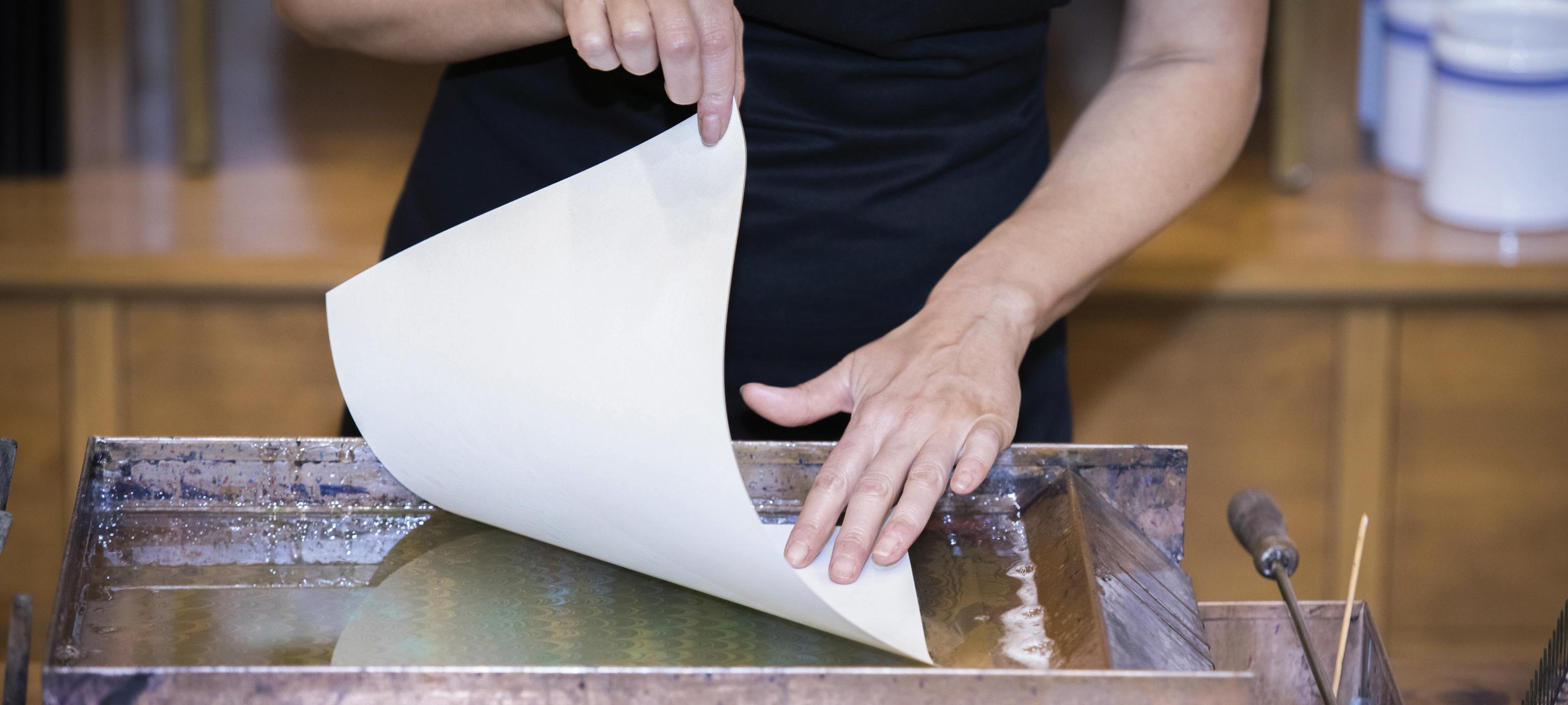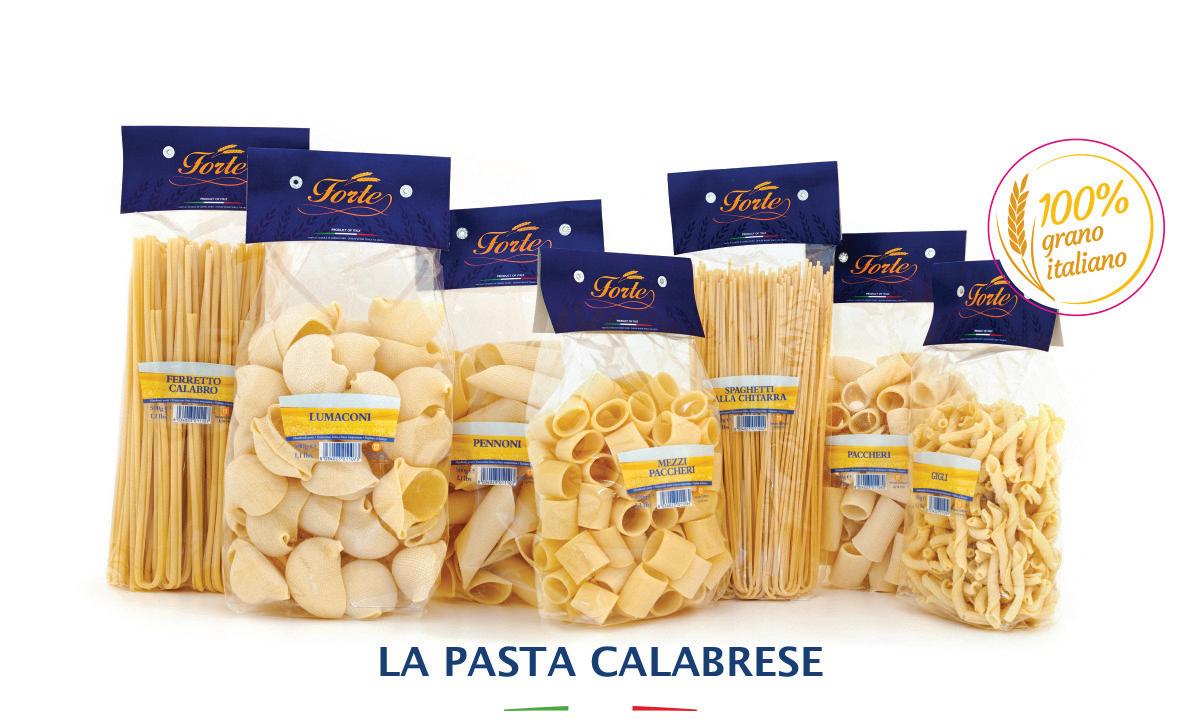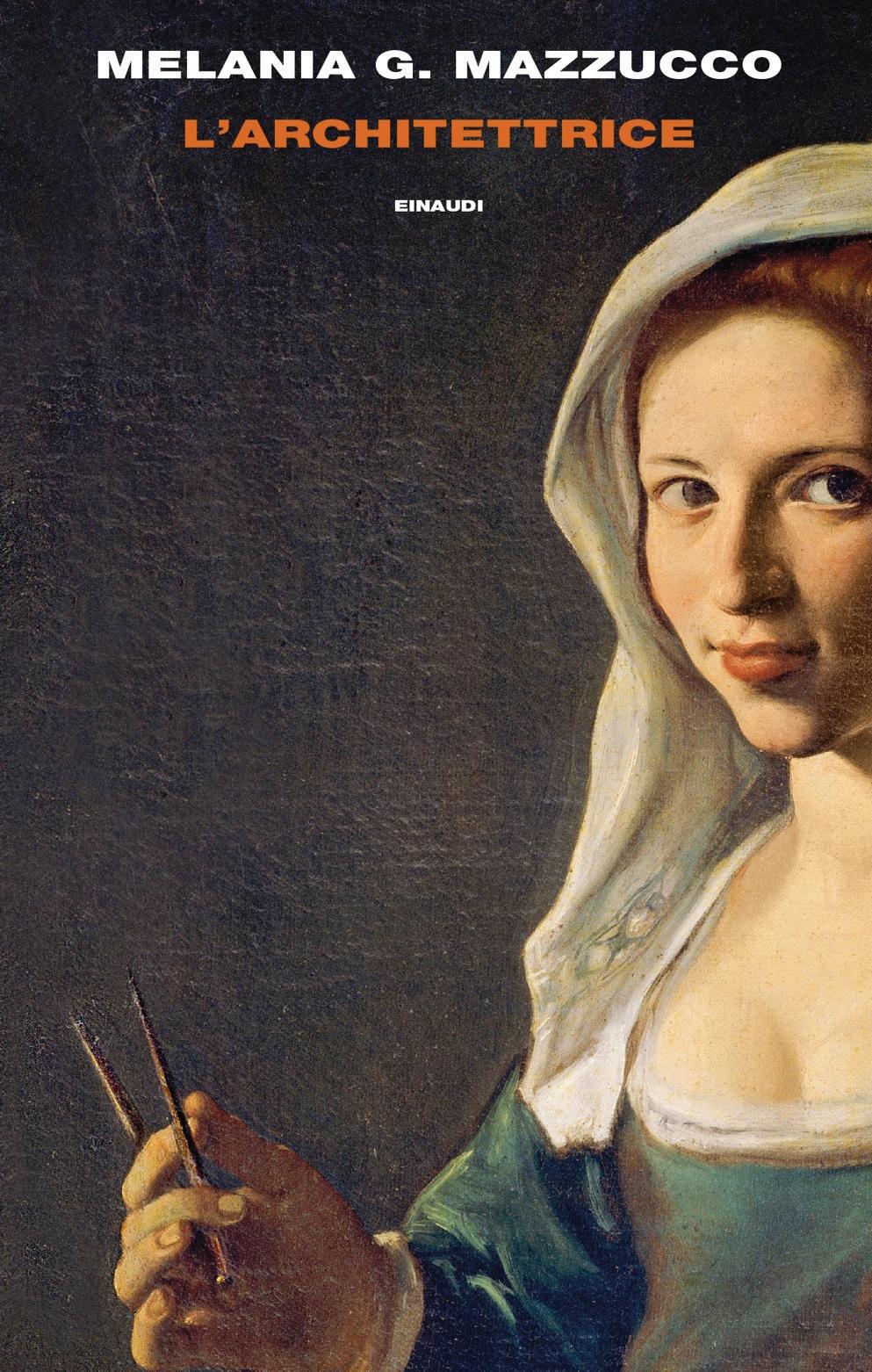
4 minute read
Artisan Paper Marbling
THE TRANSPORTING WORLD OF FLORENTINE ARTISAN PAPER MARBLING
by Jenna Lo Bianco | Photography by Giorgia Maselli
Advertisement
Taking the journal from my hands, Maria Gentile pulls back the covers and selects a single sheet of paper from the binding. Standing tall, she holds the paper to the warm light from the ornate glass sconce. As if by magic, the form of a papyrus flower suddenly appears, deeply engrained in the rich fibres of the paper. Unseen by the naked eye, hiding quietly and confidently between the pages of this intricately decorated marbled journal, lies a filigrana, a watermark of quality and traditions old. In that moment I fall in love. On a mission to answer the question, “What place does artisan paper marbling have in today’s technologically driven society?”, I find myself at an odd juncture. With my laptop beside me, and my smart phone in hand, I laugh at the clash of simultaneously existing worlds. Sitting with Romina Beltrame, owner of Il Papiro Melbourne, and Maria Gentile, her long-term colleague and dear friend, I am no longer in a store on Degraves Street, one of Melbourne’s oldest and most iconic streets. I am thousands of kilometres away in Florence, many centuries earlier. Paper marbling is an art once reserved for decorating the end pages of books - books, which were rare and only for the use of noble families and Kings. It is an art that is still alive, and very much sought after in Melbourne, of all places, explains Romina. Not limited to paper, marbling can also be applied to leather, silk and ceramics. To my right sits a bagno (bath) used in the marbling of paper following artisan techniques, learned from Il Papiro “Masters” in Florence. The bagno is filled with a secret solution which Maria has been carefully tending to, as we chat in the quiet store hours before opening. Like an alchemist, Maria begins mixing paints in small glass jars, swirling
66
and testing the contents as she goes, as they clink merrily against one another. She presents me with a set of two pettini (combs), one finer-toothed than the other, and a long brass rod with wooden handle; the implements required to make marbling magic happen. Maria moves with the dextrous ease of hands that intimately know the rhythm of this art. She loads the first brush with coloured paint, holding it poised precisely over the bagno, strategising her first move. With a small hammer-like tool in her opposite hand, she gently taps the handle of the brush, coaxing the coloured flecks to fall gracefully to the surface of the bagno’s solution. There, they lie. As she repeats the process with other colours, some choose to mix and spread, others remain stubbornly steadfast, choosing to plant themselves proudly in their original positions. I am asked if we should create a pavone (peacock), the signature curled design of Il Papiro, or a fiamma (flame), finer and more rigid in presentation. She goes on to demonstrate both, utilising the pettini and a small wooden stick to drag and manipulate the paint as needed in the solution. The mixing of paint across the surface of this bagno is reminiscent of elderly Italian women checking for signs of the malocchio (the jealous eye) by examining the mixing oil and water. Though the outcome is very different, the same mystifying, somewhat spiritual process is taking place in front of me. A sheet of specialised Fabriano cotton-based marbling paper is presented. Maria, taking the bottom left corner in her hand, lays the sheet confidently across the surface of the bagno, rolling it out smoothly with one swift motion. I half expect it to sink, or immediately absorb the paint, or simply begin to disintegrate into the solution. Neither occurs. It simply takes on the colour. It attracts the paint, adopts it to its own form, transferring the newly designed aqua-birthed artwork to its underside. Dragging the paper to the end of the bagno, Maria presses the centimetre edge down onto the brass rod, and with one continuous action, she drags it over the rod, relinquishing any excess solution back into the bagno. She holds up her design proudly, eager to inspect the marbled pattern before hanging it to dry on the racks behind her. «How can we make this more beautiful? Italians always have that pursuit for beauty,» Maria muses, appreciating her work. My laptop can’t do this. No filter on my phone can create such beauty. This centuries-old artisan technique is truly mesmerising. I look to the shelves of marbled covered journals. Romina says, «I think these days, and with the use of computers, the “norm” and everything being so disposable, it’s actually lovely and really appreciated that (a) something is hand-crafted, and (b) that it is designed to last. It’s beautiful now, and perfect for the next generation.» Both delighted and terrified I step up to the bagno. Gazing into the solution, and overwhelmed by the nimble-fingered confidence assumed of my shaking hands, I take a deep breath. «Verde, bianco and rosso, please, Maria», I ask, appraising the assortment of colours at my disposal. «Allora…» I exhale. @ilpapiromelbourne
www.ilpapirofirenze.com.au


67












